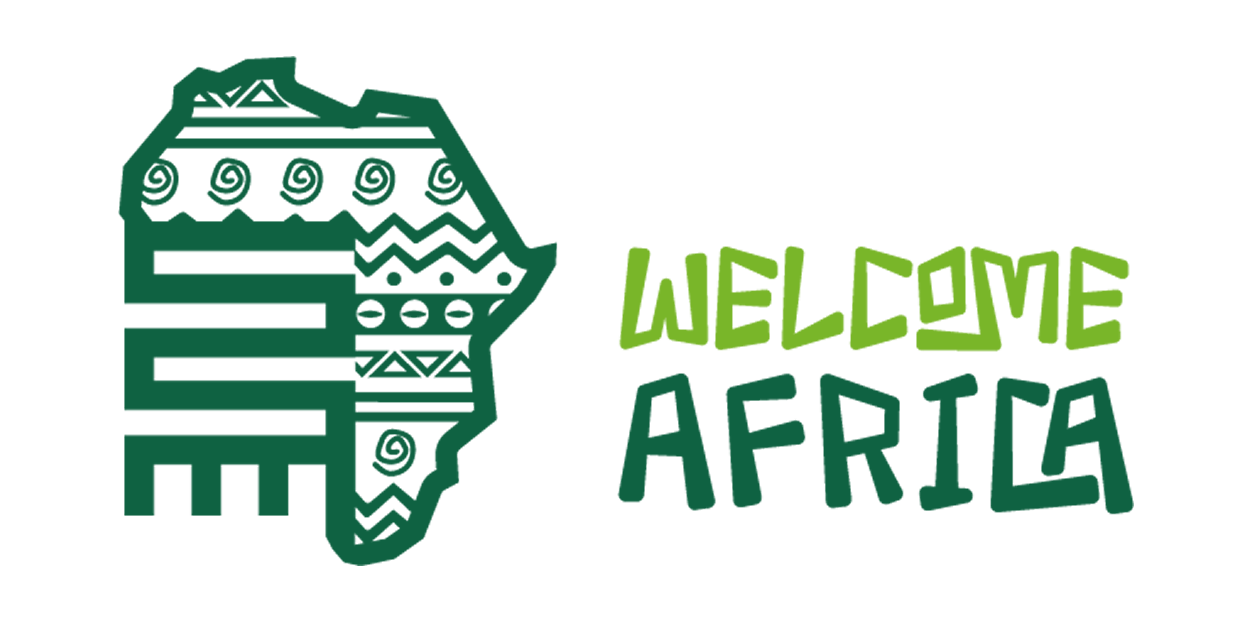 Situated off the coasts of Senegal and Mauritania, Cape Verde is a meeting point between America, Africa and Europe. Since the 15th century, it has been a strategic and emblematic place for the slave trade and Portuguese colonisation. Its current population is mostly of mixed race. An ethnic but also cultural mix which, despite its complexity and the difficulty the population sometimes has in identifying itself as African, has somehow managed to become a strength over time. While it is true that many other territories such as Brazil or the Antilles are also marked by mixtures and diversity of influences, Cape Verde is distinguished by a more stable social cohesion and a relatively less marked (though present) racism. The historical and current mixtures are today more of an asset than an obstacle to development and internal cohesion.
Situated off the coasts of Senegal and Mauritania, Cape Verde is a meeting point between America, Africa and Europe. Since the 15th century, it has been a strategic and emblematic place for the slave trade and Portuguese colonisation. Its current population is mostly of mixed race. An ethnic but also cultural mix which, despite its complexity and the difficulty the population sometimes has in identifying itself as African, has somehow managed to become a strength over time. While it is true that many other territories such as Brazil or the Antilles are also marked by mixtures and diversity of influences, Cape Verde is distinguished by a more stable social cohesion and a relatively less marked (though present) racism. The historical and current mixtures are today more of an asset than an obstacle to development and internal cohesion.
Cape Verde gained its independence in 1975, after the fall of the Portuguese dictator Antonio de Oliveria Salazar, but above all after a long anti-colonialist and pan-African revolutionary struggle led by Amilcar Cabral from 1956 onwards in Cape Verde and Guinea-Bissau. This struggle for independence has consequences that are still visible today in the country, which is developing quietly and whose stability, both political and social, has nothing to envy to other countries on the continent that are more mentioned in this area.
In Praia, the capital city of 199,804 inhabitants (World Bank, 2025), the representation of power is characterised by discretion. The President of the Republic is first and foremost a citizen who mingles with the population on a relatively frequent basis. Power here is not synonymous with domination, media overexposure or sacralisation, as is often the case in many countries. But Cape Verde's particularity at the regional level is not only to be found in its governance model, its current political stability or the mestization of its population. Despite its lack of natural resources and its dependence on imports, the country has managed to develop in the shadows, resisting corruption, taking advantage of its strategic geographic and geopolitical position, and preserving its environment (in particular through the development of the blue economy).
Largely absent from the international media and little quoted, Cape Verde, like its hero Amilcar Cabral, is nonetheless a model in terms of economic, social and environmental development from which its neighbours would do well to draw inspiration.
